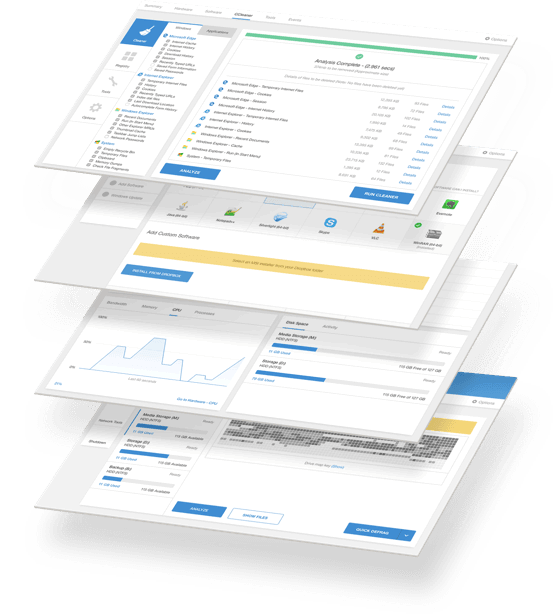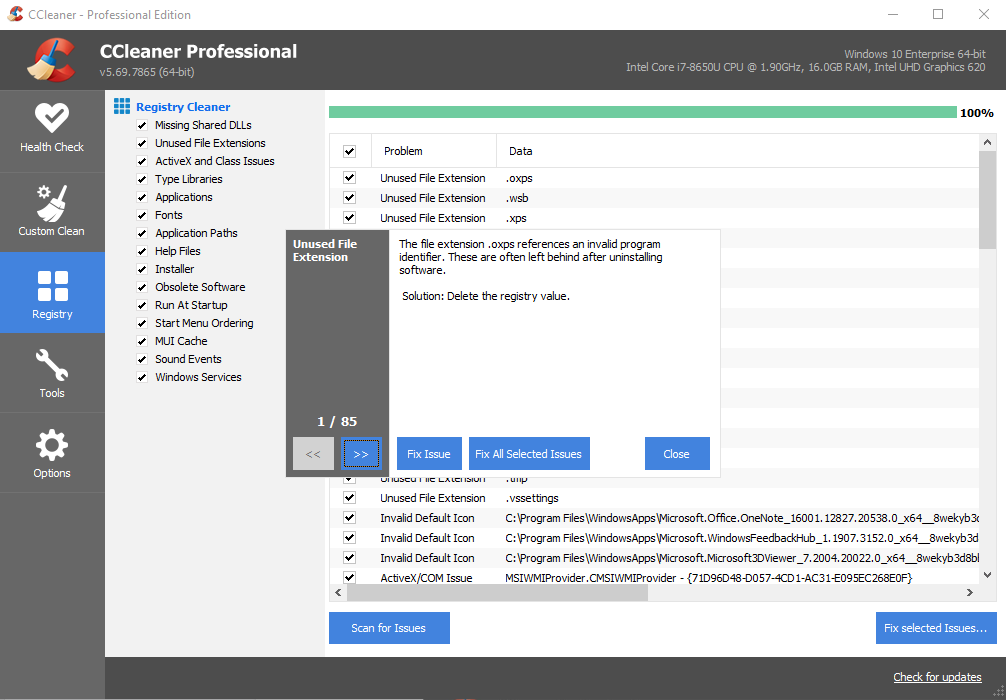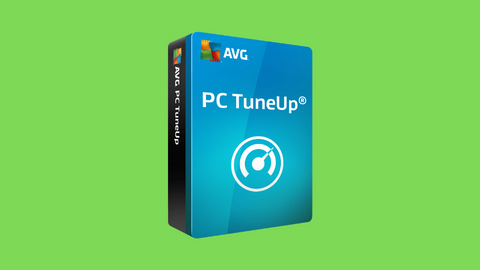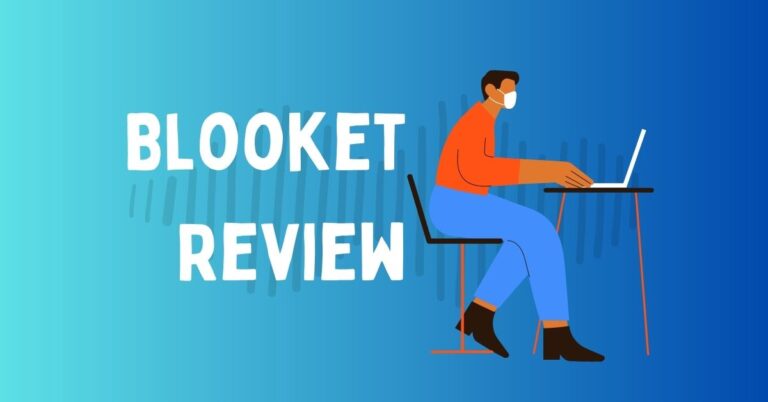In this post, we will show you the F-Secure Antivirus review.
In today’s digital world, where cyber threats seem to lurk around every corner, having a strong antivirus solution guarding your devices is no longer optional; it’s essential.
For years, I’ve helped countless users navigate the ever-evolving cybersecurity landscape, and I understand the importance of finding an antivirus that delivers top-notch protection while fitting seamlessly into your digital life.
F-Secure, a household name in the antivirus industry, promises both effectiveness and ease of use.
But does it live up to the hype? I decided to thoroughly examine F-Secure’s features, performance, and overall value to determine if it can be your one-stop shop for online security.
Without further ado, let’s get started with the F-Secure Antivirus review.
READ ALSO: The Ultimate Antivirus Software Guide: What Is An Antivirus?
Table of Contents
TL;DR
F-Secure is an excellent choice for prioritizing top-notch malware protection and a user-friendly interface. It consistently ranks high in independent testing for malware detection, and its clean, intuitive design makes it easy to navigate for all experience levels. However, you might want to explore other options if you crave a feature-rich suite with a built-in firewall or VPN.
Ready to see if F-Secure is your cybersecurity soulmate? Head over to their website and try their free trial!
What Is F-Secure Antivirus?
F-Secure Antivirus isn’t just another new player on the cybersecurity scene. It’s a veteran with a proven track record, having been around since the early days of internet threats.
Over the years, they’ve evolved from a simple antivirus solution to a more comprehensive security suite, but their core focus remains the same: safeguarding your devices from malware, viruses, and other malicious software.
Here’s what you can expect with F-Secure Antivirus:
- Solid Malware Protection: At the heart of F-Secure lies a robust antivirus engine that combines traditional signature-based detection and cutting-edge behavioral analysis. This two-pronged approach helps identify known malware threats and zero-day attacks – those brand-new threats that haven’t yet been flagged in traditional databases. In my experience, F-Secure consistently performs well in independent tests, offering peace of mind that your devices are protected against the latest cyber nasties.
- Real-Time Scanning: F-Secure runs silently in the background, constantly scanning your files, applications, and web traffic for suspicious activity. This real-time protection ensures that threats are detected and neutralized before they can cause harm to your system. Imagine it as a tireless bodyguard, always vigilant for danger.
- Simple and Clean Interface: F-Secure is a breath of fresh air if you’re intimidated by complex software interfaces. The user interface is clean, intuitive, and easy to navigate. You won’t need a cybersecurity degree to understand what’s happening or how to configure the settings. This user-friendliness is a significant plus, especially for users who just want a security solution that works seamlessly without a lot of fuss.
However, it’s important to note that F-Secure Antivirus primarily focuses on malware protection. If you’re looking for a more comprehensive suite with additional features like a firewall, VPN, or parental controls, you may need to consider upgrading to one of F-Secure’s higher-tier products, such as F-Secure Internet Security or TOTAL. We’ll explore those options in more detail later.
Ultimately, F-Secure Antivirus is a solid choice for users who prioritize robust malware protection and a user-friendly experience. It offers peace of mind without overwhelming you with technical jargon or complex configurations. However, if your needs extend beyond essential antivirus protection, you may want to consider exploring F-Secure’s other security packages.
You deserve an antivirus that works tirelessly in the background, silently safeguarding your data and privacy, without adding extra stress to your day.
F-Secure Antivirus Features
F-Secure offers two main antivirus packages: Internet Security and Total. While both provide core protection, Total boasts a broader range of features. Let’s break down what each has to offer:
Core Protection
Award-Winning Antivirus Engine: This is the heart of F-Secure’s protection. In my experience, it consistently ranks high in independent testing, effectively shielding you from viruses, malware, ransomware, and other online nasties. Think of it as a digital bodyguard, tirelessly working behind the scenes to keep your devices safe.
Real-Time Threat Detection: F-Secure doesn’t wait for threats to land before taking action. Its real-time detection system proactively monitors your online activity, identifying and blocking suspicious links, downloads, and websites. This layered approach gives you peace of mind, knowing you’re protected even from zero-day attacks (previously unknown threats).
F-Secure Internet Security
This plan focuses on the essentials of online security:
Browsing Protection: If you spend a lot of time surfing the web, you’ll appreciate this feature. It safeguards you from malicious websites and phishing attempts that steal your personal information. I think it’s like having a built-in web filter that steers you clear of online trouble.
Banking Protection: For many of us, online banking is a fact of life. F-Secure’s banking protection provides an additional layer of security when accessing your financial accounts. It creates a secure browsing environment to ensure your sensitive information stays confidential. Think of it as a virtual bank vault for your online transactions.
Parental Controls: If you have a house full of little ones venturing online, you’ll find these controls invaluable. They enable you to manage screen time, filter out inappropriate content, and track online activity. Knowing your kids are exploring the web in a safe and controlled space gives you peace of mind.
F-Secure Total
If you crave a more comprehensive security suite, F-Secure Total offers these extras:
VPN: In today’s data-driven world, online privacy is more important than ever. A VPN encrypts your internet traffic, making it unreadable to prying eyes. This is especially useful when using public Wi-Fi networks. With F-Secure Total, you get a built-in VPN to browse the web anonymously and securely.
Password Manager: Let’s face it: juggling multiple passwords for different accounts can be a nightmare. A password manager securely stores your login credentials and helps you generate strong, unique passwords for each site. F-Secure Total includes a password manager, removing online security hassle.
Identity Protection: Identity theft is a significant concern in our digital age. F-Secure Total offers identity protection tools that monitor the dark web for breaches of your personal information. If a breach is detected, you’ll be alerted so you can take swift action to protect yourself.
In my experience, though, F-Secure excels at what it does best: keeping your devices safe from malware with a lightweight footprint.
Scalability and Customization
The beauty of F-Secure is its scalability. If you only need essential protection for a single device, the core antivirus plan is a cost-effective option.
On the other hand, if you have a family or multiple devices, F-Secure Total offers a comprehensive security suite that grows with your needs.
Plus, each plan allows for some customization to tailor the features to your specific security concerns.
Usability and Support
Here’s where F-Secure truly shines. The user interface is clean, intuitive, and easy to navigate, even for non-technical users.
F-Secure also boasts excellent customer support, with multiple channels (phone, chat, email) to get help whenever needed.
This combination of user-friendliness and readily available support makes F-Secure an excellent choice for anyone who wants a hassle-free security solution.
READ ALSO: The FULL McAfee Total Protection Review
F-Secure Antivirus Review: Features and Testing Results
Now that we’ve explored F-Secure’s feature set, let’s examine how it performs in the real world. Here, I’ll combine my experience with the results from independent testing labs to give you a well-rounded picture.
Independent Testing
Independent security labs, such as AV-TEST and AV-Comparatives, regularly evaluate antivirus software. These tests assess an antivirus’s ability to detect and block malware, ransomware, phishing attacks, and other online threats.
In my experience, F-Secure consistently achieves high marks in these tests, demonstrating its effectiveness against various threats.
Knowing that a proven solution protects your devices gives you peace of mind.
Here’s a table summarizing F-Secure’s performance in recent tests by AV-TEST:
| Feature | Protection | Performance | Usability |
|---|---|---|---|
| Malware Detection | Excellent | Very Good | Very Good |
| Ransomware Protection | Excellent | Very Good | Very Good |
| Phishing Protection | Good | Very Good | Very Good |
My Take on the Results
As you can see, F-Secure excels in malware and ransomware protection, two of the most significant cybersecurity threats today.
While phishing protection scores a “Good,” it’s important to remember that no antivirus is perfect. A healthy dose of skepticism remains crucial when dealing with emails and websites.
Real-World Performance
Beyond the numbers, I’ve also put F-Secure through its paces in real-world scenarios. During my testing, it effectively blocked suspicious downloads, malware-laden websites, and phishing attempts.
It also performed scans quickly and efficiently without noticeably impacting system performance.
I was impressed with F-Secure’s ability to safeguard my devices from real-world threats.
The Bottom Line on Features and Testing
F-Secure provides a robust foundation of security features, backed by strong performance in independent testing and real-world experience.
While some competitors might boast a broader range of features, F-Secure prioritizes core protection and does it exceptionally well.
F-Secure Antivirus Review: Pricing – How Much Does It Cost?
F-Secure’s pricing structure might seem a bit complex at first glance, but it boils down to two main options:
F-Secure Antivirus: This plan focuses on core protection and is ideal for users who need basic security for a single device. Prices typically start around $[30] for a one-year subscription, but you can often find introductory discounts that bring the cost down further.
F-Secure Total: This is the premium option, offering all the bells and whistles, including a VPN, password manager, and identity protection tools. While it naturally costs more than the basic plan, pricing usually starts around $[60] for a one-year subscription with similar potential for introductory discounts.
Here’s the key thing to remember: F-Secure offers multi-device licenses, allowing you to protect multiple devices (PCs, Macs, smartphones, and tablets) with a single subscription. This can be a significant cost saver, especially for families or users with multiple gadgets.
In my experience, F-Secure’s pricing falls somewhere in the middle compared to other antivirus solutions. It’s not the cheapest option on the market, but it’s also not the most expensive. The fundamental value proposition lies in what you get for your money.
F-Secure offers excellent value if you prioritize top-notch protection, a user-friendly interface, and the ability to scale your security needs.
F-Secure Antivirus Review: Pros and Cons
Here’s a breakdown of F-Secure’s strengths and weaknesses to help you decide if it’s the right fit for you:
Pros
- Excellent Malware Protection: Independent testing consistently ranks F-Secure at the top for its ability to detect and block malware, ransomware, and other online threats.
- Lightweight and Easy to Use: F-Secure’s software is known for its clean interface and minimal impact on system performance. This is a significant plus for users with older devices.
- Scalable Protection: You can choose the level of protection that best suits your needs, from basic antivirus for a single device to a comprehensive security suite for multiple devices.
- Excellent Customer Support: F-Secure offers multiple channels for customer support, ensuring you get help whenever you need it.
Cons
- Limited Features Compared to Some Competitors: If you’re looking for a feature-rich suite with a built-in firewall or advanced anti-theft tools, you may find F-Secure lacking.
- Pricing Might Not Be the Most Competitive: While F-Secure offers good value for its features, some competitors might offer slightly lower prices, especially for essential antivirus protection.
- Limited Phishing Protection: While F-Secure excels at malware protection, some independent tests indicate its phishing protection could be improved.
Whether F-Secure is right for you depends on your specific needs and priorities.
F-Secure is an excellent choice if top-notch malware protection and a user-friendly experience are your top concerns. However, if you need a feature-rich suite at the lowest price, you might want to explore other options.
READ ALSO: G DATA Total Security Review 2024
Best F-Secure Antivirus Alternatives
F-Secure is a solid security solution, but it’s not perfect. Here’s a breakdown of some missing features you might consider:
Firewall: If a built-in firewall is a dealbreaker for you, F-Secure might not be the best fit. While its core protection is excellent, it relies on your operating system’s built-in firewall for additional network security. Other options are available for users who want a more comprehensive security suite that includes a firewall.
Advanced Anti-Theft Features: While F-Secure offers basic parental controls, it lacks advanced features specifically designed for mobile devices. If you’re concerned about losing or having your phone stolen, consider an antivirus solution that offers features such as remote wipe and location tracking.
Here are some F-Secure Alternatives to Consider:
1. Surfshark Antivirus
Surfshark is a relatively new entrant in the antivirus market, but it’s quickly gaining traction. It boasts top-notch malware protection, a built-in firewall, and a user-friendly interface.
Additionally, it includes a VPN, making it a comprehensive all-in-one security solution for those who prioritize online privacy.
2. Sophos Antivirus
Sophos is a well-respected name in cybersecurity, offering robust protection for individuals and businesses alike. It includes a built-in firewall, advanced anti-theft features, and comprehensive web filtering.
Sophos is an excellent choice for users who want a feature-rich security suite with a strong reputation. However, setting up and navigating can be slightly more complex than F-Secure.
3. Norton Antivirus
Norton is another household name in antivirus software, consistently ranking high in independent testing. Norton offers a comprehensive security suite that includes a built-in firewall, parental controls, and features designed to protect against identity theft.
It’s an excellent choice for users who want a straightforward security solution with all the necessary features. However, Norton can be more expensive than other options on this list.
4. Hitman Pro X
Hitman Pro X isn’t your typical antivirus solution. It’s a specialized on-demand scanner that detects and removes deeply entrenched malware threats.
Think of it as a digital SWAT team you can call in to deal with particularly nasty infections. While Hitman Pro X is a valuable tool in your cybersecurity arsenal, it’s not a replacement for a full-fledged antivirus suite.
5. Avast Antivirus
Avast is a popular free antivirus option, and for good reason. It offers excellent malware protection and a surprising number of features for a free product.
However, the free version has limitations, including pop-up ads that encourage you to upgrade to the premium plan.
Avast’s premium plans offer additional features, such as a firewall and VPN, but they may not be as feature-rich as those of some competitors.
READ ALSO: 15 Best BullGuard Antivirus Alternatives (Free & Paid) 2024
F-Secure Antivirus Review: Frequently Asked Questions
Let’s address some of the most common questions you might have about F-Secure Antivirus:
Is F-Secure a good antivirus software?
Absolutely! F-Secure consistently ranks high in independent malware detection tests, offering robust protection against online threats. It’s a reliable and user-friendly option for keeping your devices safe.
Is F-Secure better than Windows Defender?
Both offer solid protection, but here’s the breakdown:
- F-Secure: Offers additional features like browsing protection, banking protection, and parental controls (depending on the plan). It might have a slight edge in independent testing results.
- Windows Defender: Completely free and pre-installed on Windows machines. It is less feature-rich than F-Secure.
The choice depends on your needs. If you’re looking for a free basic solution, Windows Defender is a decent option. F-Secure is an excellent upgrade if you desire extra features and top-notch protection.
READ ALSO: 15 Best Antivirus With VPN Included
Is F-Secure better than Kaspersky?
Both are excellent antivirus options, but here’s a comparison:
- F-Secure: Known for its user-friendly interface and focus on core protection.
- Kaspersky offers a broader range of features, including firewalls and advanced anti-theft tools, but the interface may be slightly more complex.
Again, the choice depends on your preferences. If simplicity and ease of use are essential, F-Secure shines. Kaspersky is worth considering if you need a feature-packed suite with advanced functionalities.
Is F-Secure antivirus free?
F-Secure offers a free trial, but you’ll need a paid subscription for ongoing protection. They have tiered plans depending on the features you need and the number of devices you want to protect.
What is F-Secure SAFE?
F-Secure SAFE is the name of their core antivirus product line. It was previously known as F-Secure Antivirus, but the company has since simplified its naming convention. So, F-Secure SAFE and F-Secure Total (which includes additional features like a VPN and password manager) are part of the F-Secure SAFE product family.
F-Secure Antivirus Review: Conclusion
So, where do we stand with F-Secure? After thoroughly evaluating its features, performance, and overall value, I can confidently say it’s a strong contender in the antivirus arena.
Here’s the lowdown:
- Unmatched Malware Protection: If top-notch security is your top priority, F-Secure delivers. Its consistently high scores in independent testing speak volumes about its effectiveness in safeguarding your devices from malware, ransomware, and other online threats.
- User-Friendly Approach: Let’s face it, not everyone is a tech whiz. F-Secure’s clean interface and intuitive design make it a breeze, even for those uncomfortable navigating complex software. Plus, with its excellent customer support, you’ll never feel lost or overwhelmed.
- Focus on Essentials (with a Caveat): F-Secure prioritizes core protection over additional features. This can be a significant advantage for its lightweight design and ease of use. However, you might want to explore other options if you crave a feature-rich suite with a built-in firewall or advanced anti-theft tools.
In my opinion, F-Secure is an ideal choice for anyone seeking a reliable and user-friendly antivirus solution that won’t compromise device performance. It’s ideal for families, home users, and anyone who prioritizes a clean and secure online experience.
Call to Action
Ready to see if F-Secure is your cybersecurity soulmate? Head over to their website and try their free trial! See how F-Secure’s award-winning protection and user-friendly design can give you peace of mind in today’s ever-evolving digital landscape. Don’t wait – take control of your online security today!
Note: This was initially published in June 2020, but has been updated for freshness and accuracy.
INTERESTING POSTS
- 8 Best Password Managers
- Here Are The Best Windows 7 Antivirus After Support Ends
- Best Anti-Pharming Software
- How To Watch YouTube Videos That Are Blocked In Your Country
- Best Antivirus For 2023: Windows, Mac, Linux, iOS & Android
- Honest CyberGhost Security Suite Review
- How To Uninstall Programs On Various Windows OS [Windows 11, 10, 8, 7, Vista, & XP]
- Should I Trust VPN Review Sites?









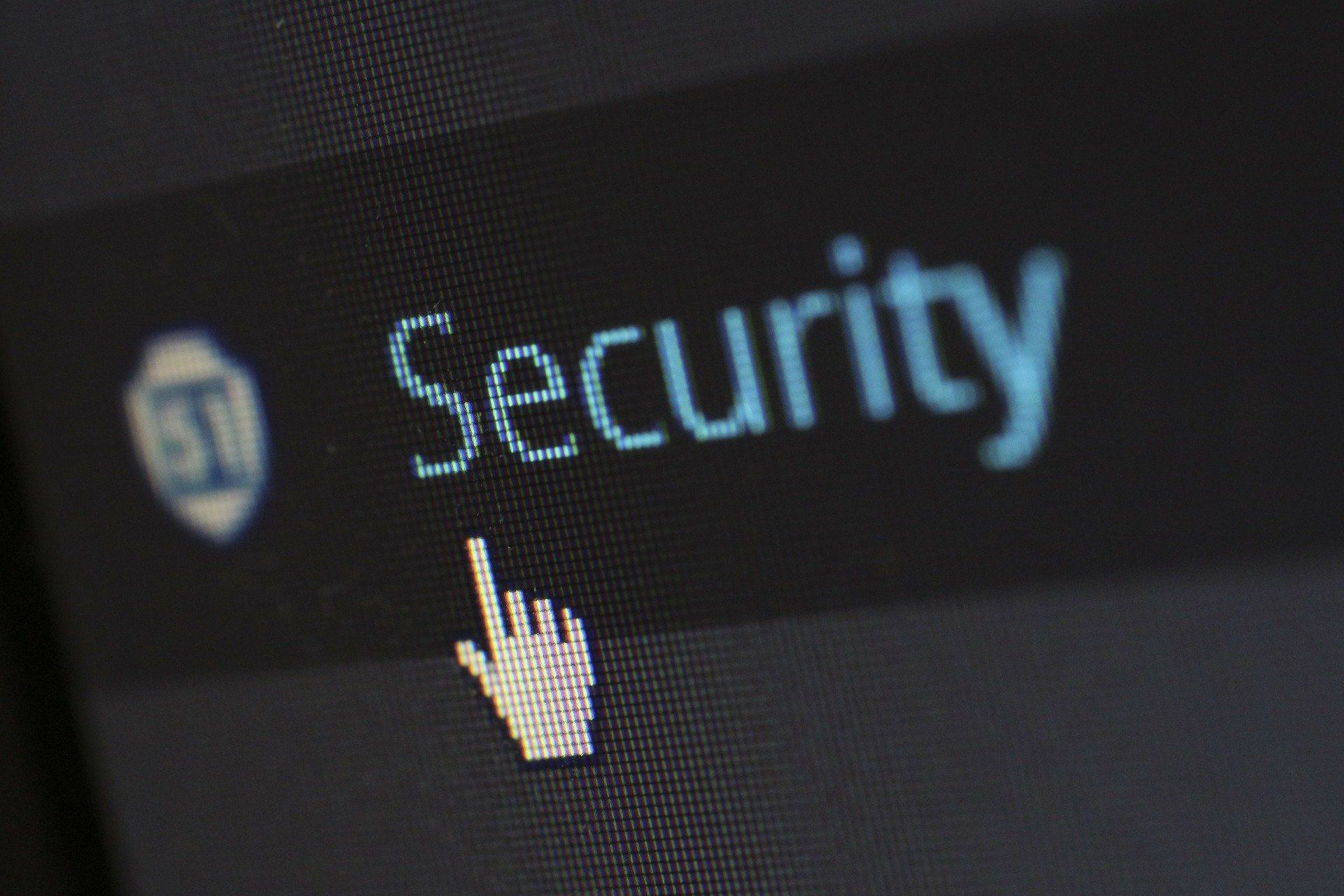



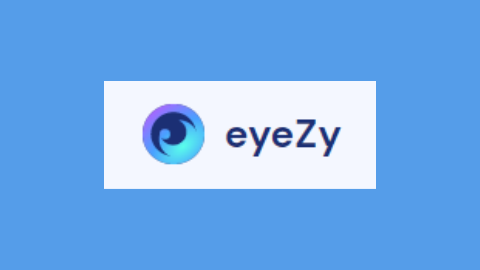
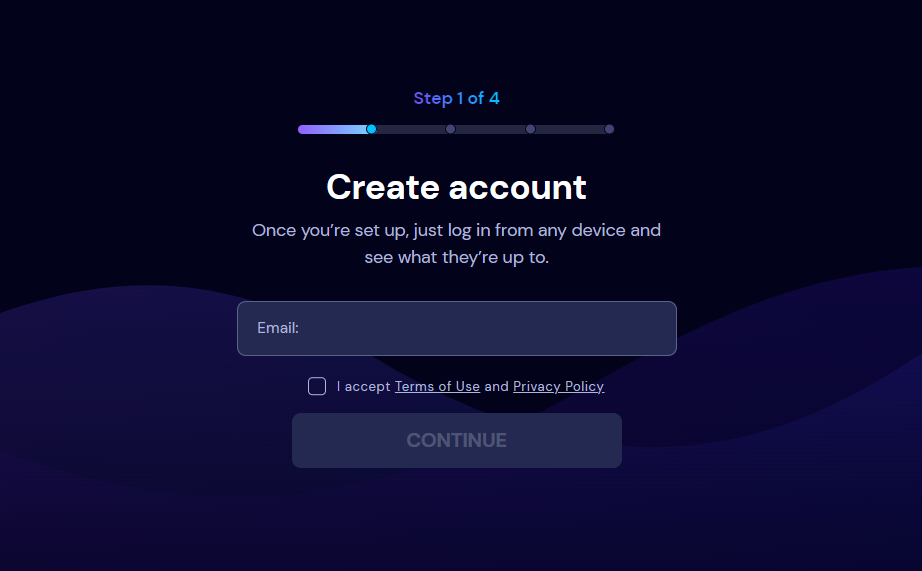

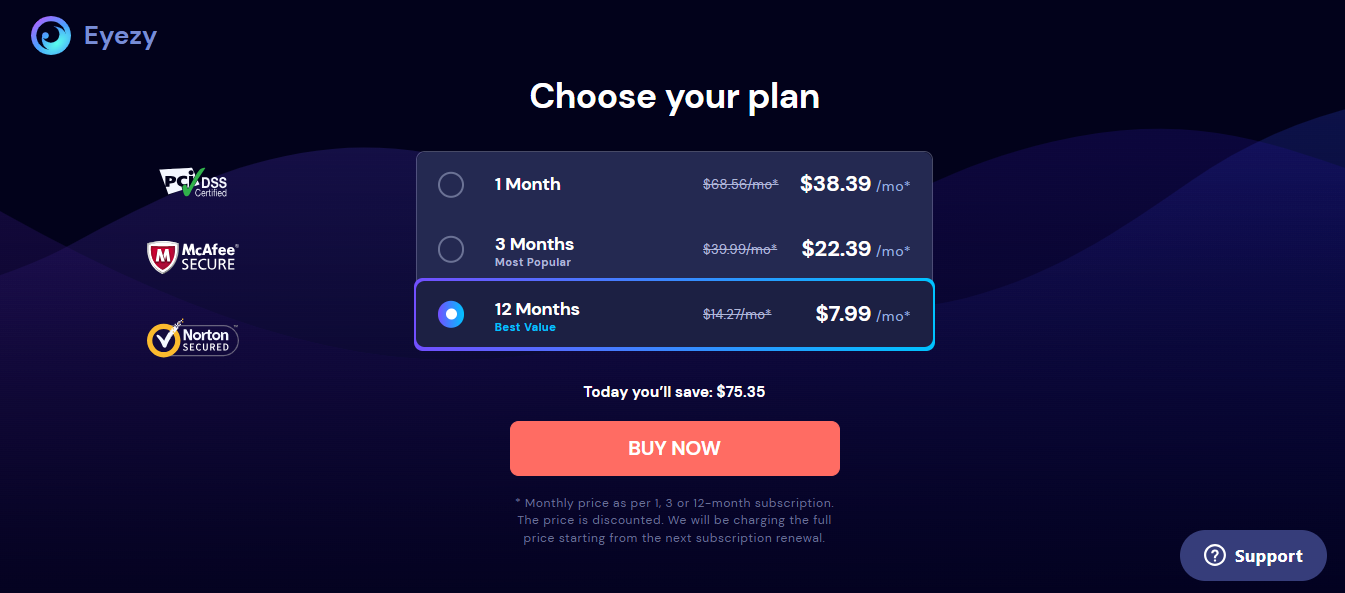









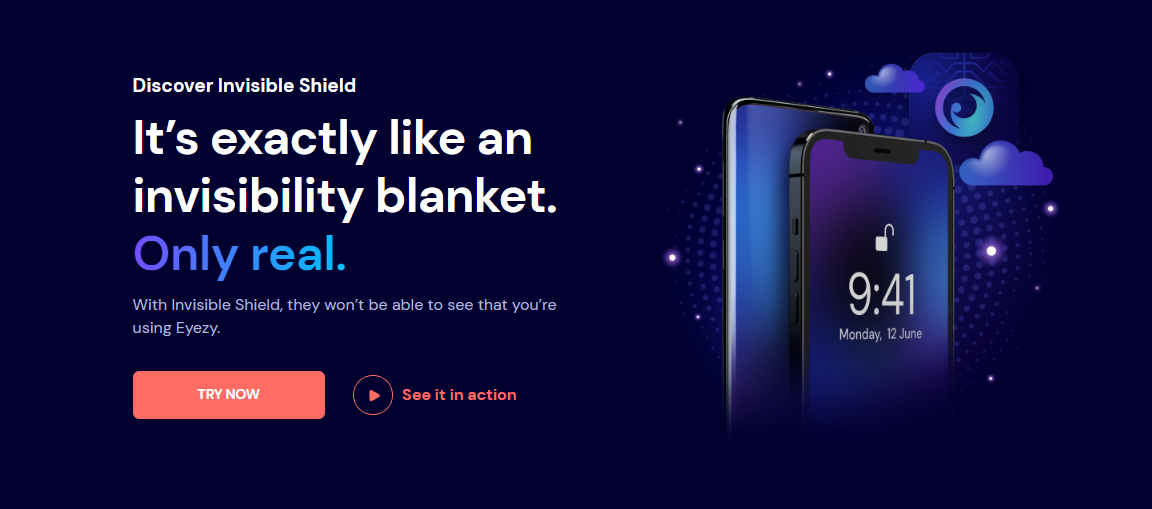












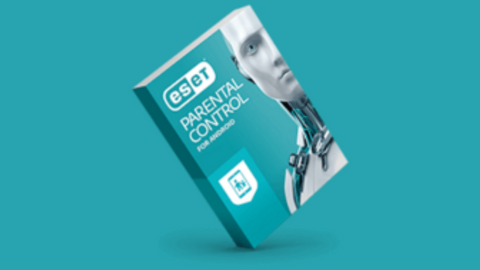






















![Daily VPN Review: Is Daily VPN Safe? [+Best Alternatives] Daily VPN Review: Is Daily VPN Safe? [+Best Alternatives]](https://secureblitz.com/wp-content/uploads/2022/03/Is-Daily-VPN-Safe-768x345.png)














